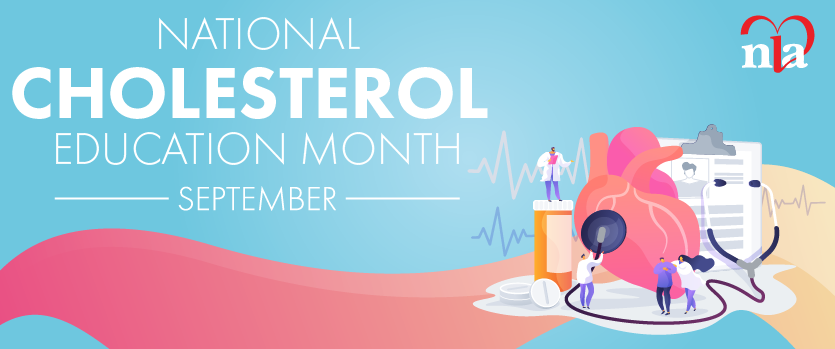Winter 2018
Up to 80 percent of post-menopausal women suffer from a variety of symptoms related to decreased estrogen. The most common symptoms are vasomotor symptoms (VMS) such as hot flashes and night sweats. Painful intercourse, vaginal dryness, and urinary incontinence are considered vulvovaginal... more
This issue is sponsored by the Northeast Lipid Association. Featuring: "Evaluation of Women for the Primary Prevention of Atherosclerotic Cardiovascular Disease" "Current Understanding of the Contribution of Lipoprotein(a) to Atherosclerotic CardiovascularDisease Risk in Women" "Conventional... more
Evidence in support of statins for the primary prevention of atherosclerotic cardiovascular disease (ASCVD) in women was sparse until recently.1 However, meta-analyses have documented that statins significantly reduce ASCVD event rates in women with elevated baseline risk.2,3,4 Yet a large... more
Hormone replacement therapy (HRT) in post-menopausal women has been a topic of constant debate. HRT with conjugated equine estrogens (CEE) or conjugated equine estrogens with progesterone, was perceived not only to relieve vasomotor symptoms associated with menopause but also to protect... more
Case History Mary is a 40-year-old school teacher who was referred for severe elevation of triglycerides (TGs). She has a past medical history of hypertension, gestational diabetes, pregnancy-induced hypertension, former tobacco use and idiopathic gastroparesis. She was not pregnant at the... more
JK is a 35-year-old female nonsmoker who first presented to clinical lipidology care after developing angina while breastfeeding her first child. A subsequent cardiac catheterization revealed 3-vessel disease, ultimately leading to coronary artery bypass grafting (CABG). Her low-density... more
The Northeast Lipid Association executive committee held two meetings in 2017 and we reached consensus that we need to refocus efforts on membership retention and access to new members. The National Lipid Association is working separately on this process as well, and has created an outreach program... more
What motivated you to become a member of the NLA? A: My passion for lipid management had amplified during my ambulatory care pharmacy residency, where I participated in the pharmacy driven clinics, in part, managing patients with dyslipidemia. Upon completing my residency and beginning my career... more
Q: What motivated you to become a member of the NLA? A: My background in human nutrition oriented me towards cardiovascular disease prevention in medical school and training. In 2004, I was a clinical and invasive cardiologist with Kaiser Permanente in Northern California and working in their... more
The Foundation continues to be thankful for another successful year in 2017. As the President of the Foundation of the National Lipid Association (NLA), I want to thank each and every one of you who made a contribution and supported our great Association. Last year was a big year for the Foundation... more






.jpg)
.png)










